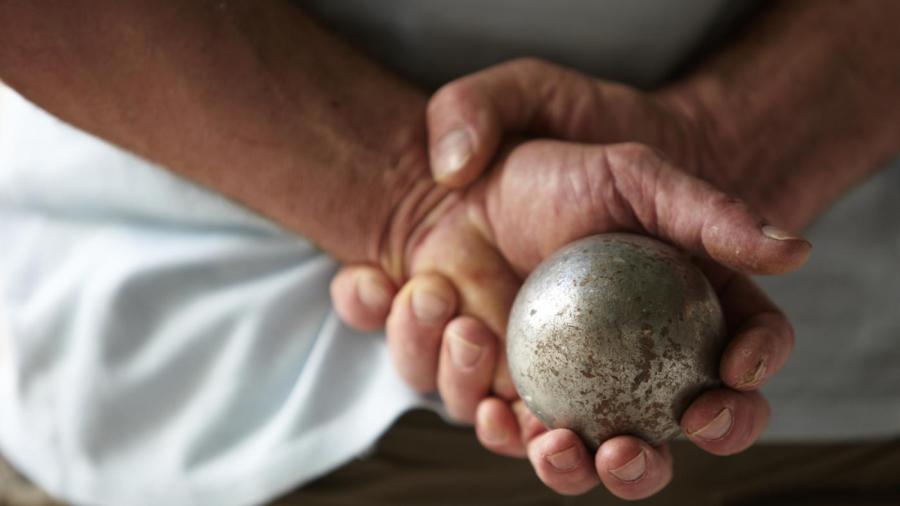What Are the Rules for Playing Bocce Ball?

A bocce round begins with a player from one team pitching the pallina from one end of a court, with hope that it lands near the court center. Then, a bocce ball is thrown close to the pallina, ideally in front of the pallina. The opposing team then attempts to knock the bocce ball away from the pallina by hitting the bocce or pallina with its own bocce ball.
An official bocce court is 76 feet long and 10 feet wide. The game begins with a coin toss to determine which team pitches the first bocce ball.
Scoring only occurs at the end of each round, which is called a frame in bocce. The team with the bocce ball closest to the pallina is the only one that scores points in a round, and one point is awarded for each ball that is closer to the pallina than the opposing team. Two points are given for each ball that touches the pallina.
If the balls from each team are at an equal distance from the pallina, no points are awarded. A tape measure is helpful for cases to get an exact determination.
The usual goal is 12 points, but this can be changed to create a longer or shorter game.
Bocce is a versatile game that can be played with very few rules or with an extensive set of rules for leagues and tournaments. A bocce ball set consists of nine balls, with eight large balls and one small ball that is the pallino. Typically, the larger bocce balls have four balls each, in two different colors, to identify each team’s balls. Tournament matches have an identified area of play surrounded by a foul line and divided by a center line. Backyard games can be played on an open lawn.
The pallino is thrown first, and the other players try to get their balls closer to it than their opponents do, in order to score points. The balls are thrown underhand, and it is acceptable to hit another player’s ball or the pallino to move its position.
The game is an ancient sport, with the first known reference being in a painting from 5200 B.C. The image depicts two boys playing the game and was found in an ancient Egyptian tomb by English scientist Sir Francis Petrial.





